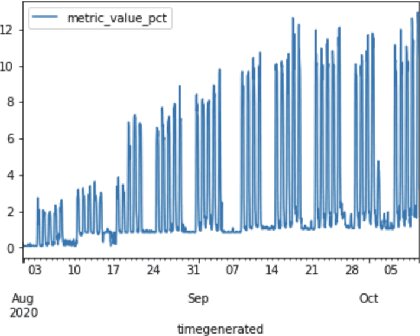Rasool Tahmasbi
Bayesian Causal Inference in Doubly Gaussian DAG-probit Models
Apr 12, 2023Abstract:We consider modeling a binary response variable together with a set of covariates for two groups under observational data. The grouping variable can be the confounding variable (the common cause of treatment and outcome), gender, case/control, ethnicity, etc. Given the covariates and a binary latent variable, the goal is to construct two directed acyclic graphs (DAGs), while sharing some common parameters. The set of nodes, which represent the variables, are the same for both groups but the directed edges between nodes, which represent the causal relationships between the variables, can be potentially different. For each group, we also estimate the effect size for each node. We assume that each group follows a Gaussian distribution under its DAG. Given the parent nodes, the joint distribution of DAG is conditionally independent due to the Markov property of DAGs. We introduce the concept of Gaussian DAG-probit model under two groups and hence doubly Gaussian DAG-probit model. To estimate the skeleton of the DAGs and the model parameters, we took samples from the posterior distribution of doubly Gaussian DAG-probit model via MCMC method. We validated the proposed method using a comprehensive simulation experiment and applied it on two real datasets. Furthermore, we validated the results of the real data analysis using well-known experimental studies to show the value of the proposed grouping variable in the causality domain.
Real-time Drift Detection on Time-series Data
Oct 12, 2021

Abstract:Practical machine learning applications involving time series data, such as firewall log analysis to proactively detect anomalous behavior, are concerned with real time analysis of streaming data. Consequently, we need to update the ML models as the statistical characteristics of such data may shift frequently with time. One alternative explored in the literature is to retrain models with updated data whenever the models accuracy is observed to degrade. However, these methods rely on near real time availability of ground truth, which is rarely fulfilled. Further, in applications with seasonal data, temporal concept drift is confounded by seasonal variation. In this work, we propose an approach called Unsupervised Temporal Drift Detector or UTDD to flexibly account for seasonal variation, efficiently detect temporal concept drift in time series data in the absence of ground truth, and subsequently adapt our ML models to concept drift for better generalization.
 Add to Chrome
Add to Chrome Add to Firefox
Add to Firefox Add to Edge
Add to Edge